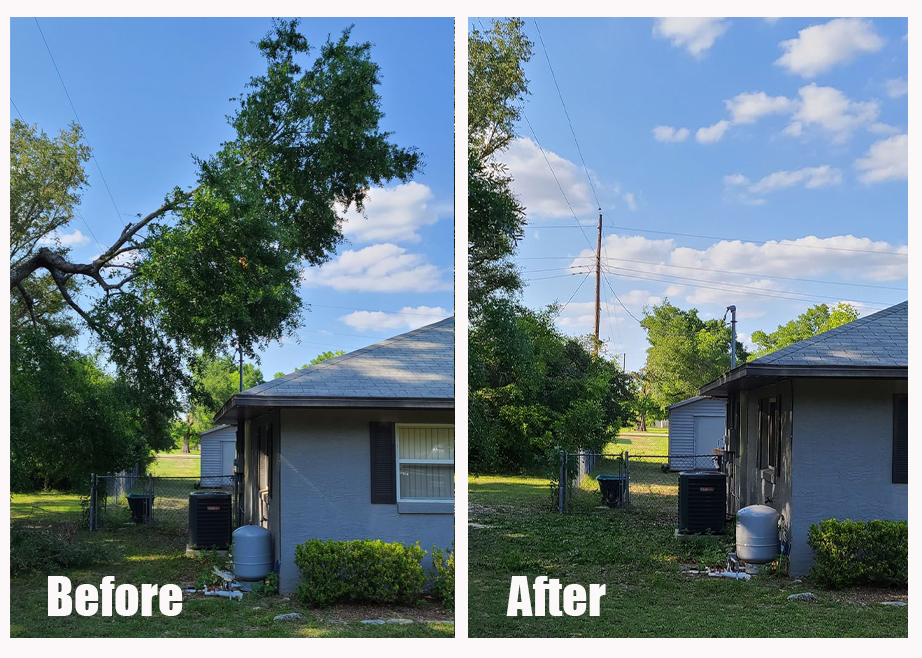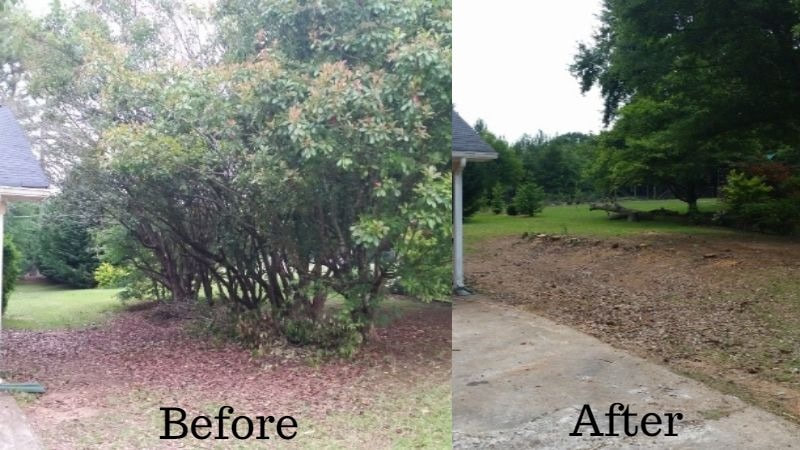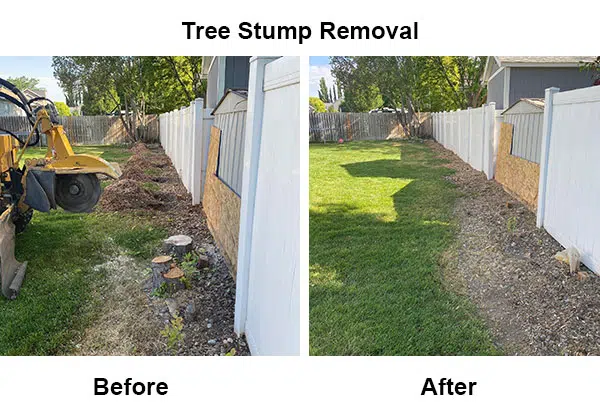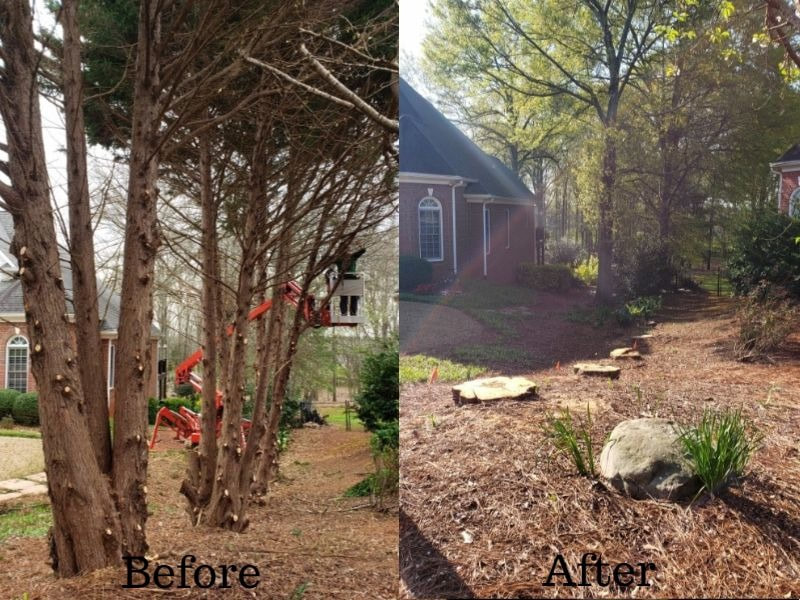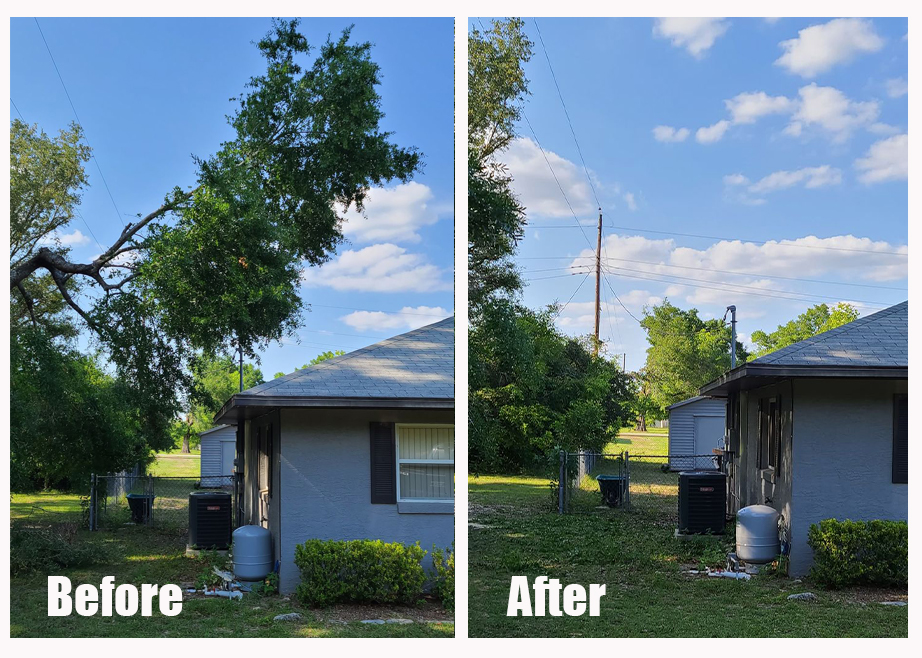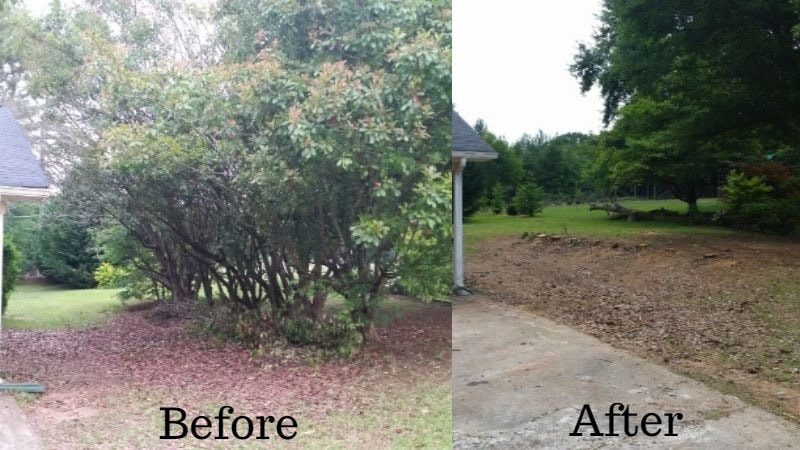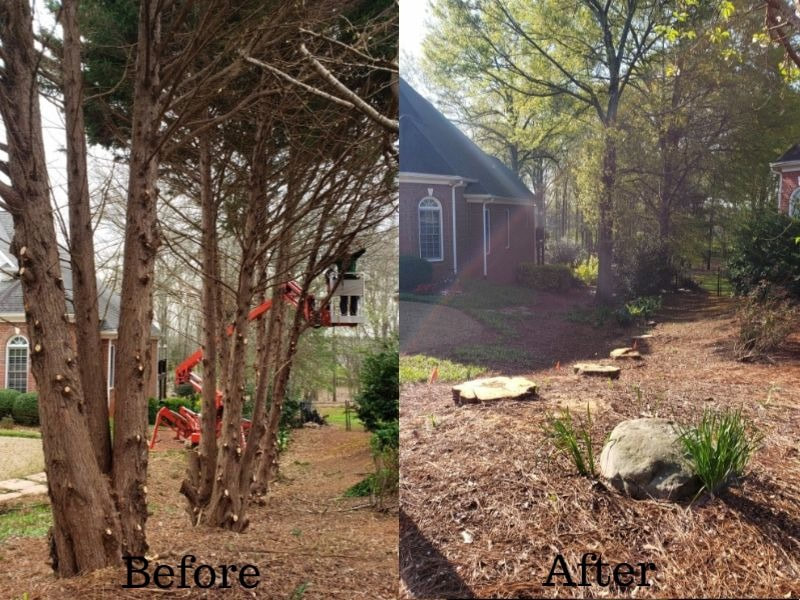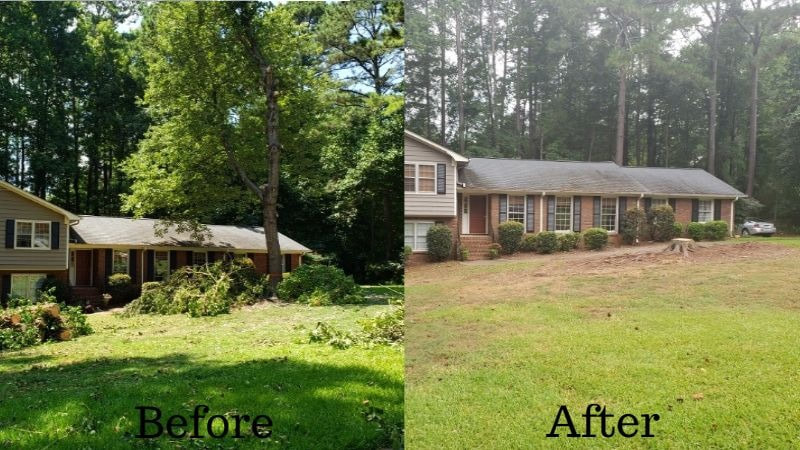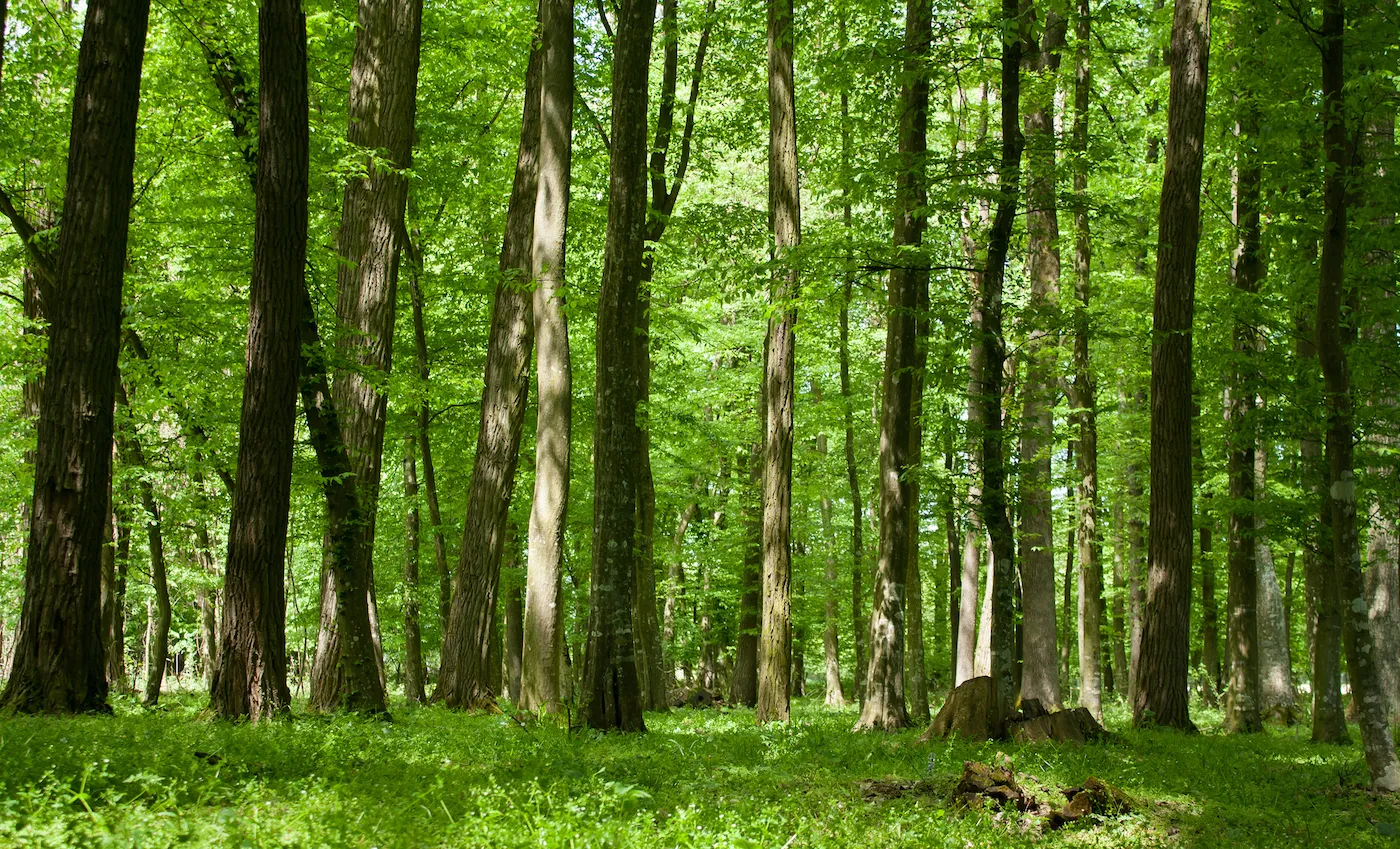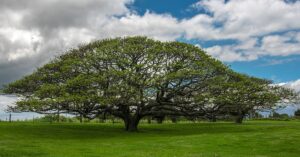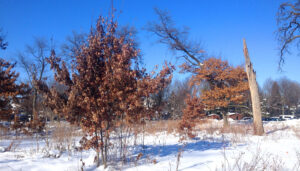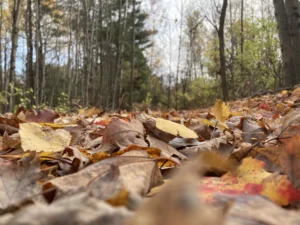Tree removal is a significant decision for homeowners, whether it’s due to safety concerns, disease, damage, or landscaping purposes. Removing a tree can improve safety and aesthetics, but it’s a process that requires careful planning both before and after the tree is taken down.
This article will guide you through everything you should consider before removing a tree, the steps to take after removal, and how to ensure your property remains healthy and beautiful following the process.
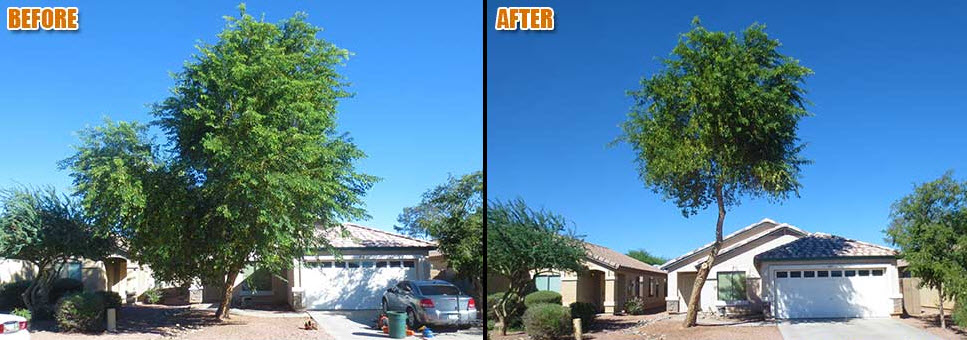
Before Tree Removal: Key Considerations
Before you decide to remove a tree, there are several important factors to take into account to ensure you’re making an informed decision and following the proper procedures.
1. Reasons for Tree Removal
Understanding why the tree needs to be removed is crucial. Here are some common reasons for tree removal:
- Dead or Diseased Trees: If a tree is dead, dying, or severely diseased, it can pose a safety risk to your property and people around it.
- Structural Damage: Trees growing too close to your home or other structures can cause damage to foundations, sidewalks, driveways, and underground utilities.
- Overgrowth or Landscape Changes: Trees that have outgrown their space may block sunlight or create an overcrowded landscape, requiring removal for aesthetic or practical reasons.
- Storm Damage: Trees damaged by severe weather such as storms or high winds may need to be removed to prevent further property damage.
2. Check Local Regulations and Permits
Before removing a tree, check with your local government or homeowners association to determine if you need a permit. Many municipalities have regulations on tree removal, especially for large or protected species. Failing to get the proper permits could result in fines or legal issues.
- Protected Trees: Some trees, such as heritage trees, are protected by local ordinances. In these cases, you may need a special permit to remove the tree.
- Consult a Certified Arborist: If you’re unsure whether a tree should be removed, consider consulting an arborist. They can assess the tree’s health and provide expert advice on whether removal is necessary.
3. Consider Tree Removal Costs
The cost of tree removal can vary widely depending on the tree’s size, location, and condition. On average, homeowners can expect to pay between $300 and $2,500 for tree removal. Factors that affect cost include:
- Tree Size and Height: Larger trees require more labor and equipment, increasing the cost.
- Location: Trees near buildings or power lines require extra care and equipment, which can raise the price.
- Condition: Dead, diseased, or structurally weak trees may be easier to remove, but dangerous trees require more planning and resources.
It’s always a good idea to get multiple quotes from professional tree removal companies before making a final decision.
4. Plan for Safety
Tree removal can be dangerous, especially for large or damaged trees. Always hire a professional tree removal service with the proper equipment and experience. Professionals know how to safely take down trees and prevent damage to your property.
After Tree Removal: What to Do Next
Once the tree has been removed, there are several tasks you should complete to ensure that your yard remains healthy and aesthetically pleasing.
1. Stump Removal
After the tree is cut down, you’ll be left with a stump. Stumps can be unsightly and create obstacles in your yard, so removing them is a common next step. There are two primary options for stump removal:
- Stump Grinding: This involves grinding the stump down to ground level using specialized machinery. It’s a quicker and more affordable option but leaves the roots behind.
- Stump Removal: Complete removal involves pulling the entire stump and root system out of the ground. This is a more extensive and costly process but ensures there are no remaining roots that could interfere with future planting or construction.
2. Wood and Debris Cleanup
Depending on your preferences and the agreement with the tree removal service, you may need to handle the disposal of wood, branches, and debris. Some common options include:
- Wood Recycling: Cut down the tree into firewood or use it for woodworking projects.
- Mulching: Many tree removal services offer mulching services, turning the branches and smaller pieces into mulch for landscaping.
- Hauling Away: Some tree removal companies include cleanup and disposal in their service, so make sure to clarify this when hiring.
3. Landscaping and Replanting
Once the tree and stump are removed, you’ll have a space in your yard that may need to be replanted or landscaped. Consider the following options:
- Replant a New Tree: If the tree was removed due to overgrowth, disease, or damage, you may want to plant a new tree in its place. Choose a species that is appropriate for your region and yard size.
- Landscaping: Use the newly opened space to plant flowers, shrubs, or grass. You can also use the area for other landscaping features like a garden, patio, or walkway.
4. Assessing Soil Health
After tree removal, the soil in the surrounding area may be compacted or nutrient-deficient, especially if the tree was large and mature. Consider these steps to improve soil health:
- Aeration: Aerating the soil can help improve drainage and root growth for new plants or grass.
- Fertilization: Add fertilizer or compost to replenish nutrients in the soil, especially if you plan to plant something new in the same area.
- Weed Control: The removal of a large tree can create space for weeds to grow, so stay vigilant in managing weed growth in the newly cleared area.
5. Monitor for Root Regrowth
If you didn’t opt for full stump removal, monitor the area for signs of root regrowth. Some tree species, like poplar or willow, are known for regrowing from the roots even after the tree is cut down. If you notice new growth, you may need to treat the roots with a chemical herbicide or remove them entirely.
6. Address Potential Hazards
After tree removal, inspect the surrounding area for any potential hazards. For example:
- Exposed Roots: If the tree had a large root system, you may have some exposed roots that could pose a tripping hazard. These can be covered with soil or mulch, or the roots can be removed.
- Compacted Soil: Heavy machinery used during tree removal can compact the soil, which may need to be aerated or loosened to allow new plants to thrive.
The Importance of Planning Before and After Tree Removal
Tree removal is a significant undertaking that can improve the safety, health, and appearance of your property. However, it’s important to carefully plan both before and after the removal to ensure you’re taking the right steps for your landscape.
Before removing a tree, be sure to assess the tree’s health, check local regulations, and hire a certified professional. After removal, focus on stump removal, debris cleanup, and improving soil health for future planting or landscaping. By following these guidelines, you’ll ensure a smooth and successful tree removal process that benefits your yard and property for years to come.
Tree Removal Before and After Pictures
